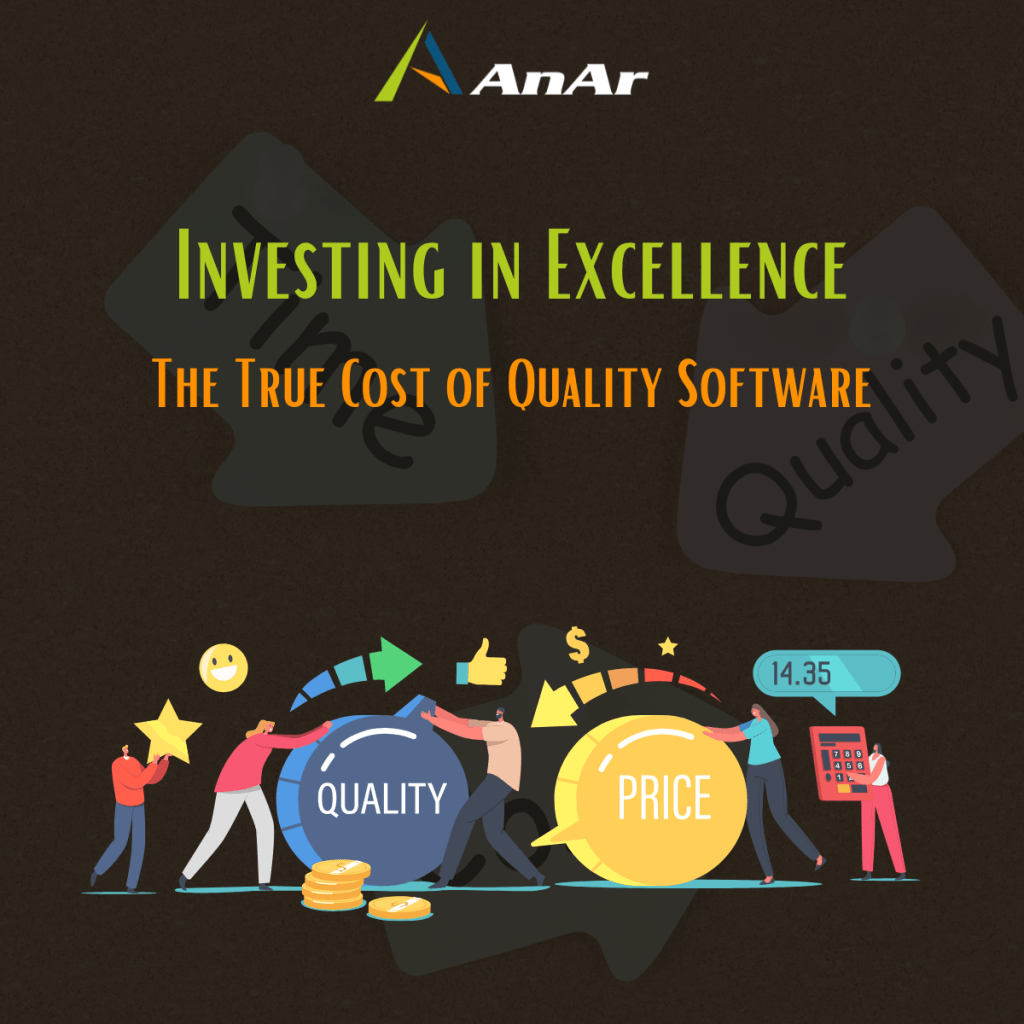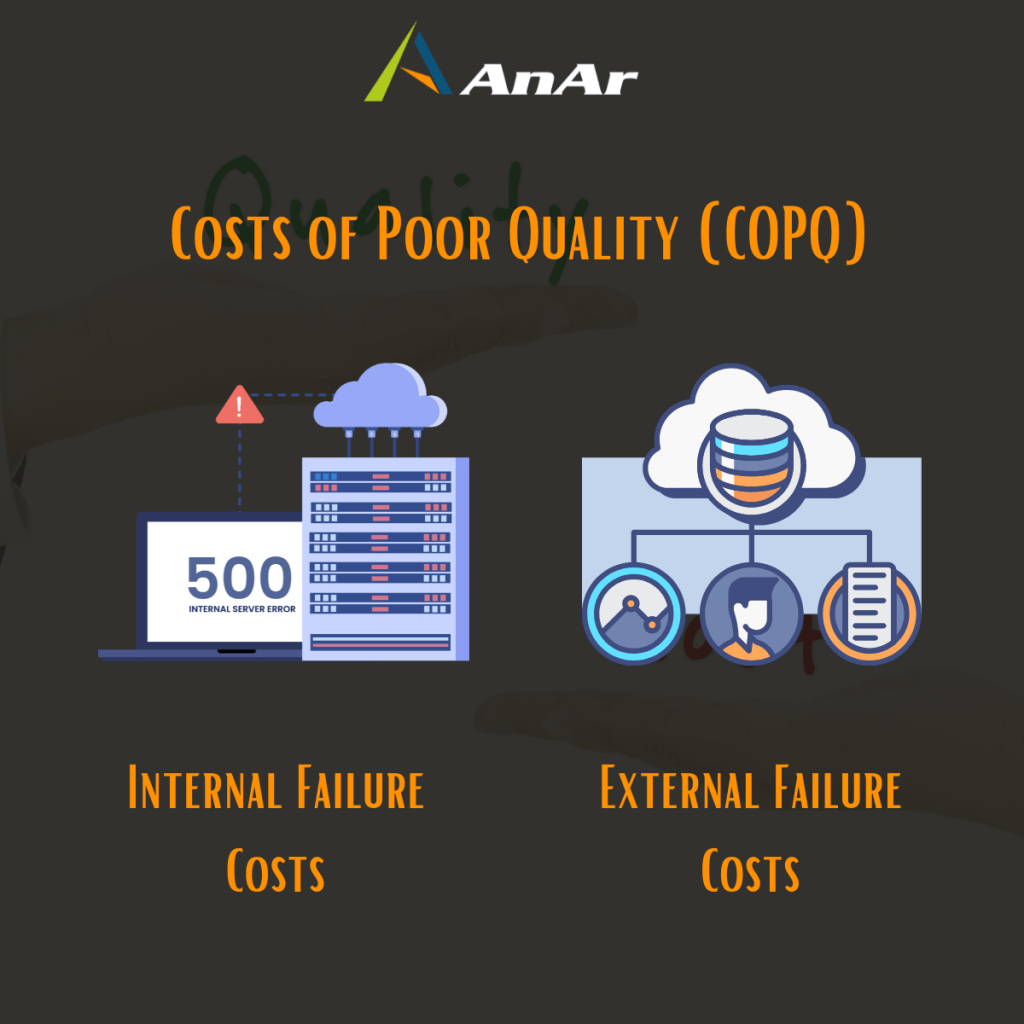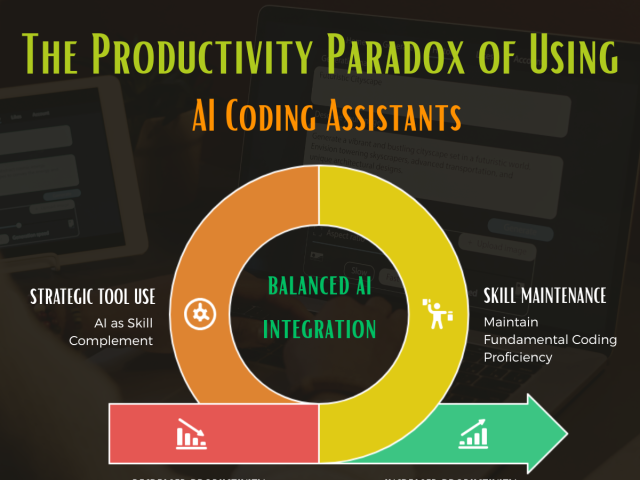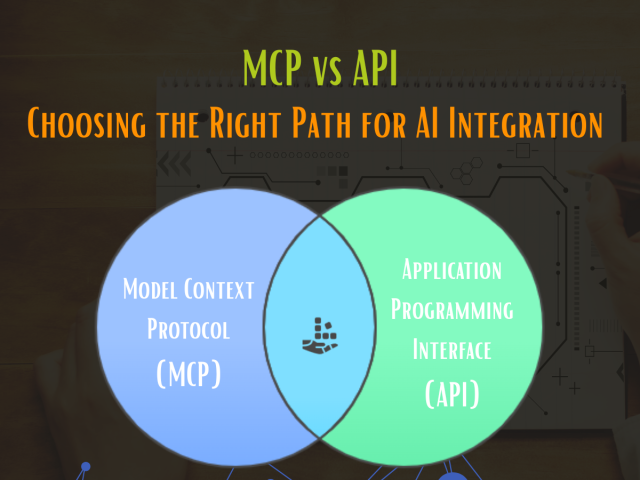Imagine launching a high-stakes mission, only to see it fail due to a minor flaw—like a spacecraft bound for Mars, compromised by a single faulty component. In the world of software, quality is that critical component. As businesses lean heavily on software to drive growth and innovation, delivering exceptional products becomes more than a technical goal; it’s a strategic imperative. Today, true excellence in software extends beyond function to embrace reliability, efficiency, security, and user experience—qualities that define a brand’s competitive edge.
With IT no longer just a support function but a pivotal force for strategic impact, the role of quality in software development touches every aspect of business, from customer satisfaction to financial returns. This focus on quality aligns with the critical theme of ROI in software, where investments yield tangible benefits. Here, we explore the Cost of Quality (COQ) in software development, examining how prioritizing quality directly translates into long-term success.
What is the Cost of Quality (COQ) in Software Development?
The Cost of Quality (COQ) in software development is a holistic metric that measures the financial investment needed to ensure optimal product quality. It encompasses both proactive measures to ensure good quality and reactive measures to address poor quality. COQ extends beyond the immediate expenses associated with development and includes the costs related to preventing defects, detecting issues, fixing internal failures, and managing external failures after the product reaches the client.
Why it is a must to build Quality Products?
Picture this: a meticulously engineered spacecraft bound for Mars, ultimately failing due to a single defective bolt. In software development, that small yet critical bolt represents a bug—an overlooked flaw that can derail project timelines, inflate budgets, and harm brand reputation. Such is the high cost of poor quality, a burden as heavy as the challenges of today’s fiercely competitive IT landscape.
Consider the real-world example of Knight Capital Group in 2012. A glitch in their trading algorithm triggered erroneous transactions, resulting in a $440 million loss—four times their previous year’s net income. This single error transformed a financial leader into a cautionary tale, underscoring the steep price of neglecting software quality.
Here’s the formula for COQ (Cost of Quality)
- COQ = Cost of Control + Cost of Failure of Control
- COQ = Cost of Good Software Quality + Cost of Poor Software Quality
In software development, cost of quality is calculated by combining the Cost of Control (investments made to ensure good quality software) and the Cost of Failure of Control (expenses incurred due to poor quality software).
This formula provides a holistic view of the resources and efforts invested in preventing defects and addressing issues throughout the software development life cycle. Striking the right balance between these two cost components is crucial for optimizing the overall cost of delivering quality software.
Further Breakdown of COQ in software development
Cost of Good Quality (COGQ) = Prevention Costs + Detection Costs
- Prevention Costs: These are expenses incurred to prevent defects from occurring in the first place. Examples include continuous training for developers, designing code that is easy to maintain, adhering to coding standards, and ensuring client approval of requirements before coding.
- Detection Costs: These encompass the expenses associated with detecting and addressing defects before the product reaches the client. It includes the creation of test designs and cases, setting up testing environments, defect tracking, and the use of automation scripts.
Cost of Poor Quality (COPQ) = Internal Failure Costs + External Failure Costs
- Internal Failure Costs: These are the costs incurred in fixing defects during internal checks before the product is delivered. Examples include re-work, re-testing, bug fixing, and re-design efforts. Internal failure costs also cover issues such as resource unavailability, network failures, and test environment crashes.
- External Failure Costs: These costs arise after the product has been delivered to the client and defects are reported. They include expenses related to processing customer complaints, product returns, warranty claims, legal implications, and damage to the company’s reputation in the market.
Understanding Software Quality
To understand software quality, we must understand both Functional and non-functional quality!
What is the Distinction Between Functional and Non-Functional Quality?
Understanding software quality requires recognizing the dual nature of its attributes. Functional quality pertains to the software’s ability to perform tasks as specified in the Software Requirements Specification (SRS) document. On the other hand, non-functional quality relates to aspects such as performance, usability, reliability, and security.
Functional Quality
Ensures the software performs the tasks it’s intended to do, as specified in the requirements.
Focus: Accuracy, completeness, and conformance to requirements.
Real-life examples:
- An e-commerce website accurately processes orders and payments.
- A banking app successfully transfers funds between accounts.
- A video conferencing tool enables clear audio and video calls.
- A fitness tracker accurately measures steps and heart rate.
Non-Functional Quality
Focuses on how well the software performs its tasks, encompassing aspects like performance, usability, reliability, and security.
Focus: User experience, performance under load, security against threats, and overall dependability.
Real-life examples:
- A social media app loads quickly and smoothly, even with millions of users.
- A navigation app provides clear, accurate directions in real-time.
- A healthcare app safeguards patient data with robust security measures.
- A gaming platform delivers immersive experiences with high-quality graphics and minimal lag.
Both dimensions are essential, and achieving a balance between them is critical for delivering a comprehensive and high-quality software product.
What are the costs of poor quality (COPQ) in software development?
In software development, the Cost of Poor Quality (COPQ) includes a wide range of expenses that arise when defects make it into production. These costs extend across various categories, impacting both development and QA budgets.
Here’s a breakdown of how COPQ surfaces in different areas:
Software Development Costs
- Rework and Repair: Fixing bugs after release is significantly more expensive than addressing them early in the development cycle. Rewriting code, fixing integration issues, and patching vulnerabilities can easily double or triple the initial development cost for that feature.
- Extended Development Time: Buggy software often leads to missed deadlines and delays in product launches. This translates to increased labor costs, overtime pay, and potential revenue losses if competitors get to market first.
- Technical Debt: Accumulating unaddressed defects creates technical debt, a burden that weighs down future development efforts. Maintaining and working around buggy code slows down development, reduces team productivity, and hinders innovation.
QA Costs
- Reactive QA: Traditional, reactive QA approaches rely heavily on manual testing after development is complete. This results in a higher chance of bugs slipping through the cracks and being discovered later, resulting in costly rework.
- Predictive QA: Proactive QA goes beyond prediction and actively embeds quality into the entire development process. It involves:
- Collaborating with developers to define quality standards and test cases early on.
- Implementing continuous testing and automation throughout the development cycle.
- Conducting risk-based testing to prioritize critical areas.
- Promote a culture of quality within the team.
- Providing early feedback to developers to address issues before they become costly to fix.
Examples of COPQ across the Software Development Lifecycle
- A banking app with a critical security vulnerability could lead to multiple data breaches, regulatory fines, and reputational damage, costing millions in remediation and lost customer trust.
- A retail website with frequent crashes and performance issues could frustrate customers and drive them away, resulting in lost sales and brand erosion.
- An IoT device with software bugs could malfunction and cause physical damage or safety hazards, leading to recalls, lawsuits, and potential harm to users.
Why should you invest in quality of the product and what is needed to ensure it?
Prioritizing quality in product development is more than an ideal—it’s a strategic investment with substantial long-term rewards. While initial costs may seem higher, the benefits far outweigh the expense over time.
A commitment to quality builds a resilient and reliable product, reducing defects and minimizing service interruptions. This leads to enhanced customer satisfaction, loyalty, and organic growth fueled by positive referrals and repeat business. A reputation for quality provides a significant competitive edge, enabling premium pricing and protecting market share from cost-focused competitors.
Reaching this level of quality requires precision and expertise. Assembling a skilled development team or partnering with an experienced software firm is essential. Seek out professionals with a record of high-performance delivery and resource optimization. Their knowledge in quality management leads to cost-effective solutions, reducing infrastructure costs and enhancing overall efficiency.
Embracing quality as a core principle paves the way for lasting success. Your product becomes a symbol of your commitment to excellence, drawing loyal customers and reinforcing your market presence. In today’s landscape, quality is not an extra—it’s the foundation of a sustainable, thriving enterprise.
Conclusion
In closing, striking the right balance between the Cost of Quality (COQ) and the Cost of Poor Quality (COPQ) is vital for successful software development. This discussion has shown how investing in quality yields lasting benefits, from reducing overall costs to boosting customer satisfaction and protecting brand reputation. By emphasizing both functional and non-functional qualities, organizations can navigate the complexities of IT development to deliver robust, efficient, and secure solutions.
AnAr Solutions exemplifies this commitment to quality software management. With our extensive industry expertise and innovative approach, we guide businesses through their software development journey with precision and care. Our focus on proactive quality control ensures our clients receive solutions that not only meet their needs but also position them for long-term success. Ready to elevate your software quality? Reach out to AnAr Solutions, and let’s create something remarkable together.







